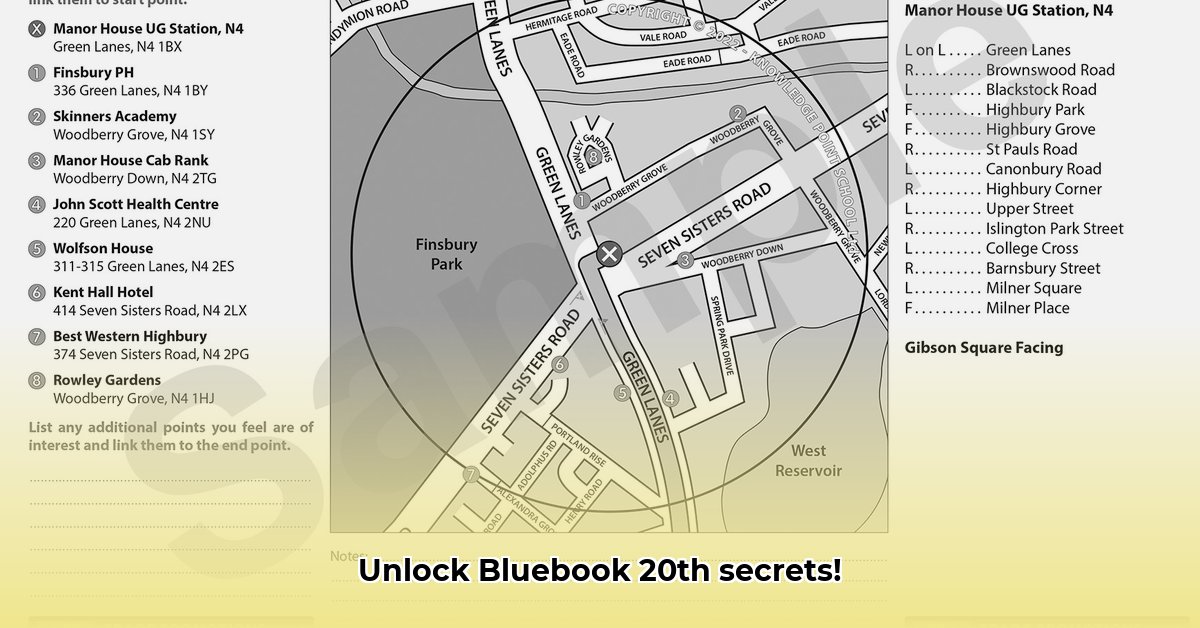
Understanding the Bluebook: The Foundation of Legal Citation
Legal citation is far more than just referencing sources; it's about establishing credibility, ensuring accuracy, and fostering clarity in legal scholarship. The Bluebook: A Uniform System of Citation, 20th edition, serves as the gold standard for legal writing. While a "Bluebook runs PDF free download" might seem tempting, remember that unauthorized access is ethically and potentially legally problematic. This guide provides a comprehensive approach to mastering legal citation using the official Bluebook.
Mastering the Bluebook isn't about rote memorization; it's about grasping its underlying principles. The system prioritizes consistency and clarity, allowing legal professionals to quickly locate and understand referenced material. This guide will equip you with the skills to cite sources correctly – whether it's a court case, statute, or academic article.
Common Citation Types: A Practical Guide
This section details the most frequently encountered citation types within the Bluebook system. Accuracy is paramount; errors can undermine the credibility of your work.
Citing Cases
To cite a case, you must include the case name (properly formatted), the volume number, the reporter (e.g., Supreme Court Reporter), the page number, and the court. For example: Miranda v. Arizona, 384 U.S. 436 (1966). The Bluebook provides detailed rules on formatting case names and handling multiple reporters. Incorrectly formatting a citation can lead to penalties in academic settings. Neglecting even small details can cast doubt on your work's reliability.
Citing Statutes
Statutes require the name of the code, the section number, and the jurisdiction. For example: 18 U.S.C. § 1961 (2024). The Bluebook's rules govern abbreviation, punctuation, and formatting, ensuring uniformity across legal documentation.
Citing Books and Articles
Citing books and articles involves providing the author's name, the title, the publication details, and the page number (if relevant). The Bluebook helps ensure that this information is formatted and presented consistently. The precise formatting style differs between books, journals, and other academic sources.
Advanced Citation Techniques: Refining Your Skills
While mastering basic citation types is essential, advanced techniques enhance your legal writing's precision and efficiency.
Short-Form Citations
After citing a source fully, subsequent references use shortened forms for brevity. The Bluebook provides clear guidance on creating and employing short forms effectively. This technique minimizes repetitions, making your documents more concise and easier to read. Proper use of short forms demonstrates your understanding of more advanced citation techniques.
Multiple Authors and Editors
The Bluebook provides rules for handling works with multiple authors or editors, ensuring consistent and accurate presentation of this information. The order and formatting rules are clear and will enhance your overall citation accuracy.
Electronic Sources
Citing electronic sources requires careful attention to detail, including URLs, access dates, and any unique identifiers. The Bluebook outlines the necessary information and the appropriate formatting for various electronic sources. Following these rules in your own citations is especially important when citing electronic material.
Utilizing the Bluebook App: A Powerful Tool
The official Bluebook app offers a significant aid for citation creation, using templates to automate several aspects of formatting. However, it remains vital to understand the underlying rules; the app shouldn't replace a strong grasp of the Bluebook's principles. The app is a helpful tool, but not a substitute for understanding which elements must be included in a citation.
Troubleshooting Common Errors: Avoiding Pitfalls
Even experienced legal scholars make mistakes. Identifying and avoiding common errors is key to producing high-quality legal work. Some common errors include:
- Incorrect Case Names: Double-check spellings and ensure proper capitalization.
- Missing Page Numbers: Verify all page number details are correct.
- Inconsistent Formatting: Adhere strictly to The Bluebook's formatting conventions.
- Incorrect Volume Numbers: Verify volume number information against the official source.
- Omitting Crucial Publication Details: Make sure all necessary information is included.
By paying attention to these potential pitfalls, you can dramatically improve your citation accuracy.
Conclusion: Accuracy and Consistency are Key
Mastering legal citation requires dedication and consistent practice. Although a freely available "Bluebook runs PDF" might be tempting, remember that using official sources avoids legal and ethical issues. This guide has provided a strong foundation; now, hone your skills through practice and consistently consult the official Bluebook for the most accurate and up-to-date guidance. Accurate citations are essential for the integrity and credibility of your legal work.
⭐⭐⭐⭐☆ (4.8)
Download via Link 1
Download via Link 2
Last updated: Sunday, April 27, 2025